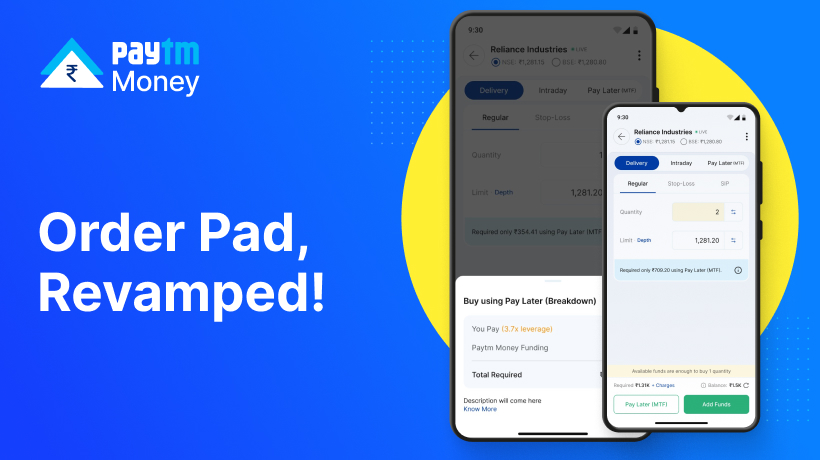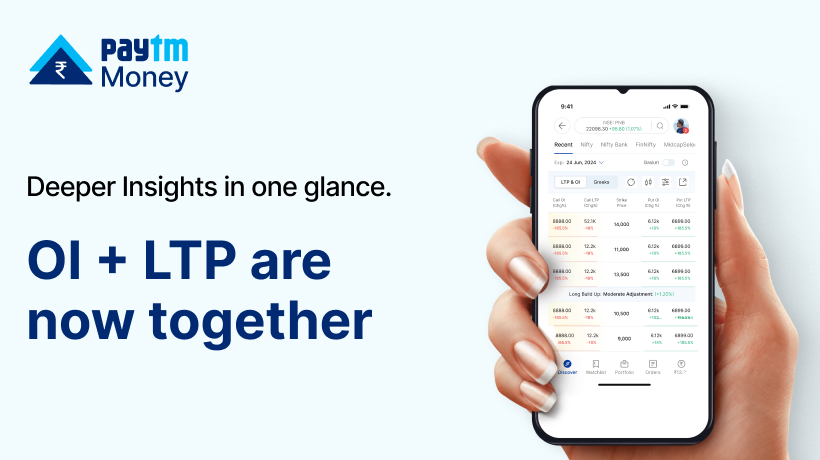Taming the ‘Double-edged sword’ of Future Segment Trading5 min read
Trading in derivatives, particularly futures, is often referred to as a “double-edged sword,” but the question is whether you can tame the sword to swing in your favor.
Let us discuss some ways in which a trader can turn the tide and make trading in futures segments more profitable with controlled risks. There exist some strategies through which one can easily control risks associated with future trading and take advantage of mean reversion in correlation between different scripts
1. Index correlation/ or pair trading:
Every stock or sectoral index is correlated with NIFTY in Indian stock markets or the main benchmark index in other markets. It is said that the nifty component stocks have a high positive correlation with Nifty and tend to synchronize with Nifty
For Ex: If HDFC Bank has a correlation / Beta of 0.75 with Nifty, it implies that if Nifty moves 1% on the upside, HDFC Bank normally moves around 0.75% on the upside, and vice versa.
This observation can be mapped as a trading strategy to find out the Mean Reversion phenomenon happening in the Stock or index. It has been observed that in the past, Banknifty and Nifty have had a correlation of around 0.85- 0.90. So if Nifty is moving up by 1%, Banknifty should, in an ideal scenario, move up by around 0.90 %.
Now if you find that for a long period of time, let’s say last fortnight, this correlation has reverted to 0.50% , which means Banknifty will rise from here while nifty might stay put or correct a little bit to maintain a perfect equilibrium. This augurs for a Long Banknifty and Short Nifty trade until the correlation reaches its mean, ie 0.90%
Now this is a partial hedged trade, so until there is a very drastic move in any of the stocks, which is not common in both indices, the downside risk is under control.
This way, you can tame the Future segment trading with limited risk potential
2. Stocks pair trading:
As you would know, our economy is interlinked in terms of industries, company dynamics, demand, and supply correlation. The same concept can be used in stock markets, If we decode the pattern of correlation between stock Future contracts, let us understand it in a bit more detail
Let’s assume there is a negative correlation between HDFC Bank and Bajaj Finserv at -0.50, which implies that if HDFC Bank rises 1%, normally Bajaj Finserv will fall by 0.50% and vice versa.
Here exists a good pair trading opportunity for a trader where if there is a mean reversion in this correlation ratio and lets say it reaches from -0.50% to 0 then the trader can take opposite side trades, viz. sell HDFC bank and Buy Bajajfinserv, with the assumption that they will revert back to their mean correlation of -0.50%
These strategies need expertise and constant market watch, so for retail traders or part time traders, it is advisable to practice paper trading before entering these kind of trades
3. Scalping/ Jobbing Trades:
As they say, markets move in range for 70% of the time, but can a trader really take advantage of these ranges using a futures contract?
Well, if done with proper risk management and after a good amount of paper trading or back testing, yes, this is possible. Let’s see how:
Assume you make the observation that stocks like NTPC, Coal India, and ITC normally move in a range of 1-3% in a day, or that if Bank Nifty stays in the 15 minute opening range till 10 am, it will remain in the range for the rest of the day, until it makes a new day high / low.
So a trader can devise a scalping, or normally called ‘jobbing’ trade strategy to start buying Bank Nifty Future at every Rs. 50 fall, or sell Bank Nifty Future for not more than 3 consecutive days with the same direction trades while keeping the SL of the day high/ low level, or Buy NTPC if it falls 1% and sell at every 1% rise.
Note: This is just an example for educational purposes and not advice to trade, for any trader
These are some of the strategies that a trader can easily implement on the Paytm Money platform, while also taking advantage of the zero brokerage offer on all futures trade orders until August 31, 2023.
Here’s how to trade futures on the Paytm Money platform while taking advantage of the limited time zero brokerage offer.

When you arrive at the F&O Dashboard in the Paytm Money app, you can either directly search for any stock future or, for a more detailed market view, visit the Heat Map section and click on any Stock future to begin trading in it.

When you reach the heat map section, click the ‘View more’ button to see all Future contracts in heatmap format, which will assist you in understanding individual stock movement.

Here you will see a sector and index-wise heat map of Futures contracts to help you find a better “Entry Point” for your trade. Simply click on any contract to view the detailed page of the Stock Futures contract for trading and other details.
In the coming blogs, we will discuss some more futures-based trending and hedging strategies to help you gain a better understanding of futures trading in particular and the market in general.
Happy Trading !
Disclaimer: Investments in the securities market are subject to market risks, read all the related documents carefully before investing. This content is purely for informational purposes only and is in no way to be considered as advice or a recommendation. Paytm Money Ltd SEBI Reg No. Broking – INZ000240532. NSE (90165), BSE(6707), BSE STAR MF Member ID – 53873, Regd Office: 136, 1st Floor, Devika Tower, Nehru Place, Delhi – 110019. For complete Terms & Conditions and Disclaimers visit: https://www.paytmmoney.com . The securities are quoted as an example and not as a recommendation. Brokerage will not exceed the SEBI prescribed limit.
Written By: Ashish Andani




